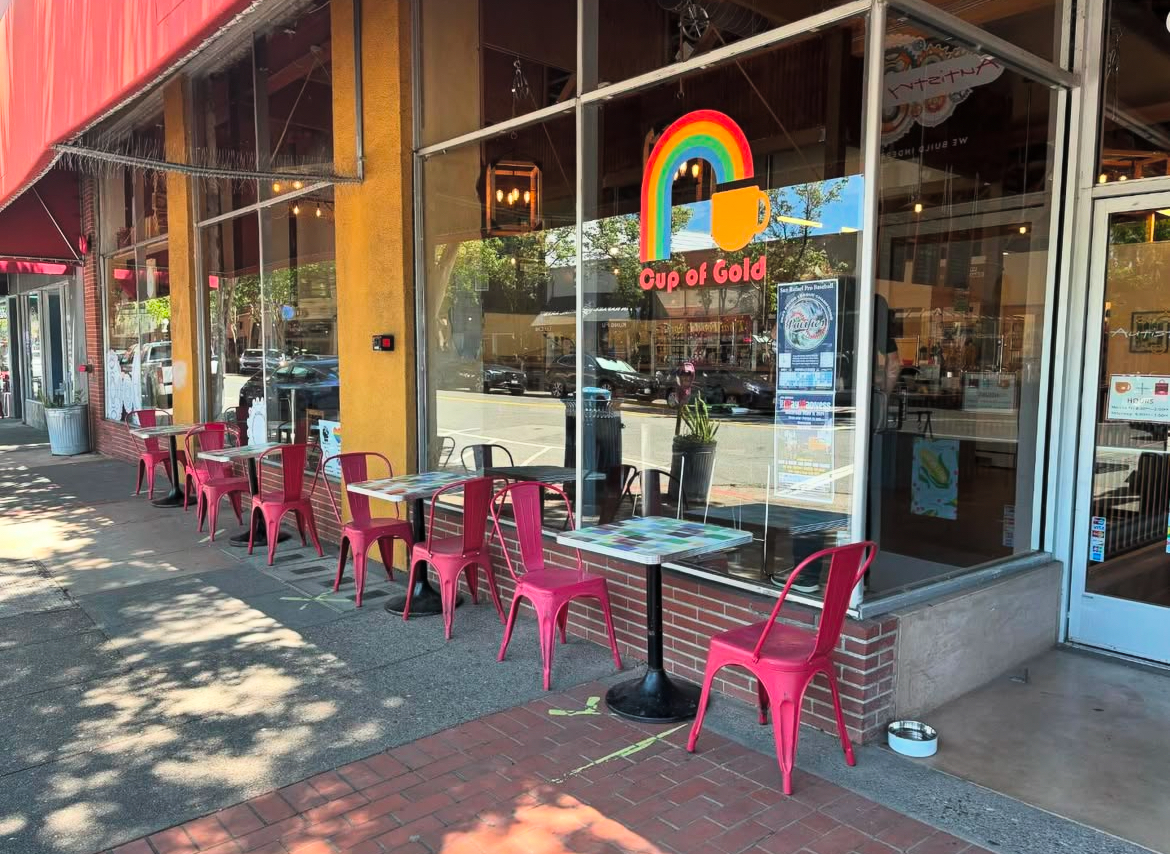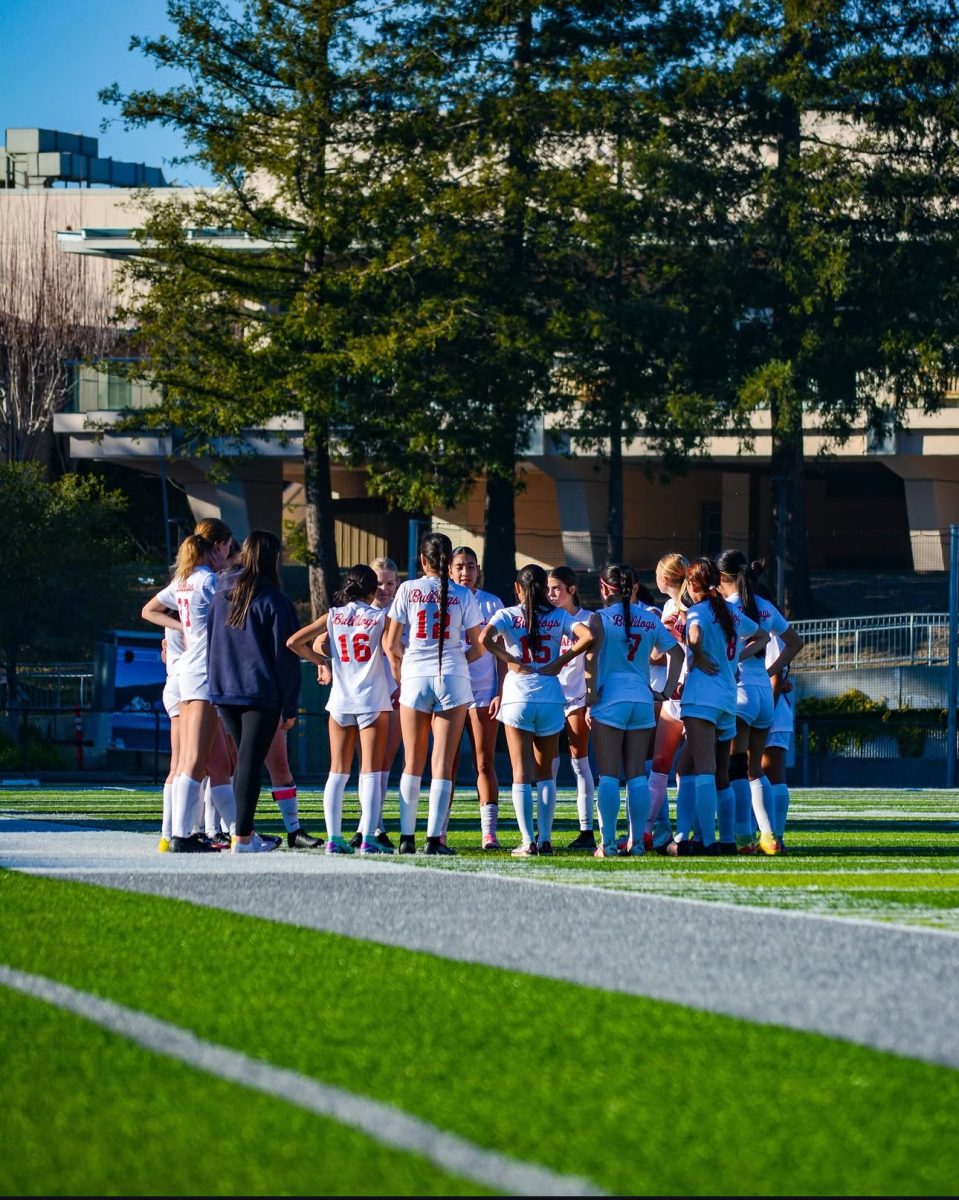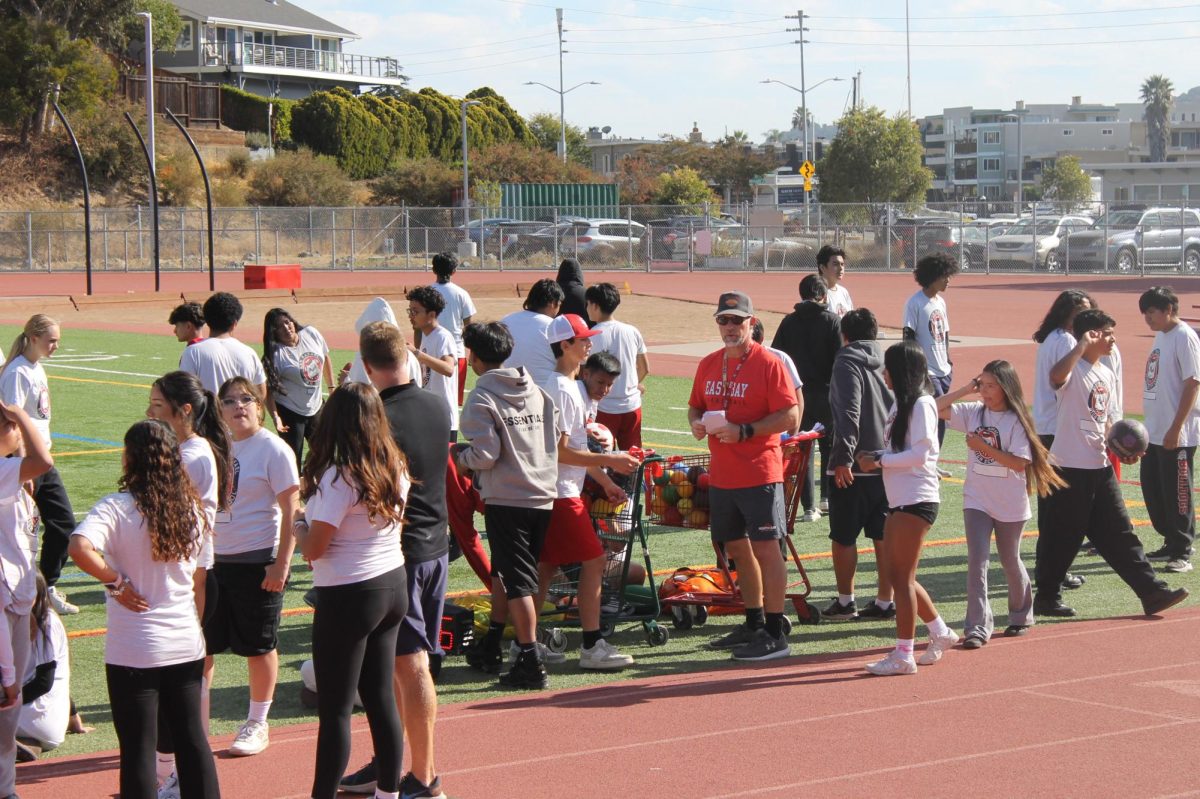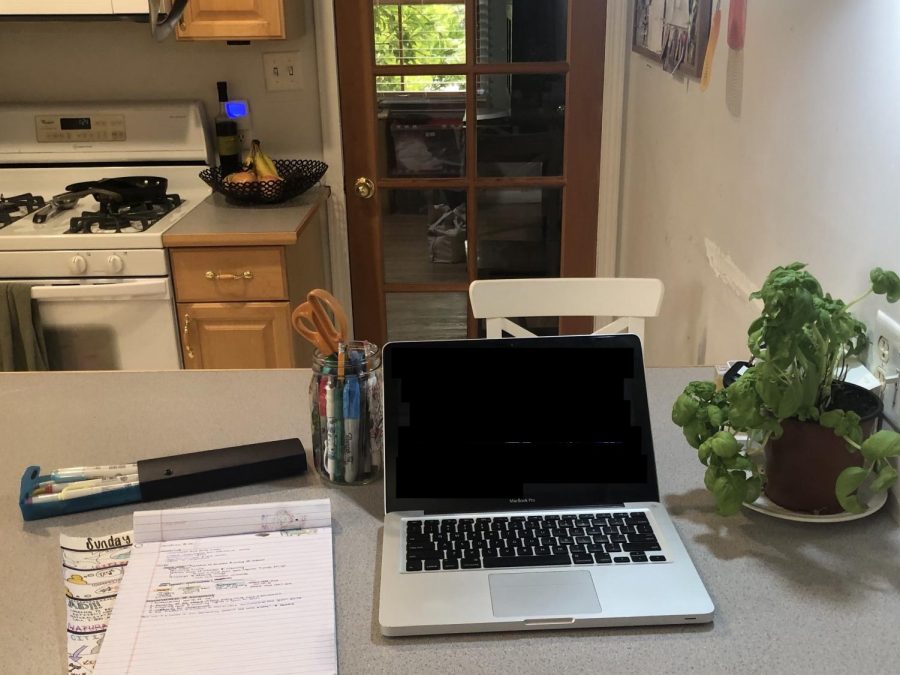Students Across Marin County Adjust to Modified High School Schedules
October 1, 2020
With a majority of Marin high schools teaching classes online, each school has taken a different approach to achieve consistency for their students. All high schools in Marin County have made changes to their 2020-2021 schedules. But are the changes effective, or are they causing more challenges for the upperclassmen?
“My school schedule has changed drastically,” Tobias Marshall, a Marin County senior, wrote. “I feel that if schools keep switching up students’ daily routines, we will start to fall behind.”
As students wake up every day to stare at computer screens projecting their teachers’ faces, schools are trying new ways to accommodate the students. With a goal of consistent schedules, the irony is that each class looking exactly the same does indeed achieve consistency. Every single screen shows the same grouping of a few faces, but mainly small black rectangles with names splattered across.
Different schools and districts have taken different approaches, with the most common change being to create a split semester. One half of the students’ subjects are scheduled for the first half of the school year, with the remaining subjects to be covered during the second half of the school year. Students have gone from a typical class load of six subjects studied across the whole year to only three subjects at a time, studied for half a year each. The motive for this change was to reduce the number of different social contacts each student and teacher would have every day if they return to campus. If there are less classroom changes in a day and less passing time in the halls, then there will be less opportunities for Covid to spread. The irony here is that students are now at home following modified schedules online, but the modifications were designed for a safer return to campuses.
Terra Linda High School (TL), San Rafael High School (SR), Novato High School (NHS), Marin School of the Arts (MSA) and San Marin High School have all gone to a split semester. Redwood High School (RHS), High School 1327 (1327), and Tamalpais High School (TAM) have reverted to a double block schedule. There was initially a teacher vote for the split semester single block schedule, but this was overruled by the school board. The reinstated double block has Mondays with all 8 class periods, the rest of the week with 4 classes each day. But all 8 classes are being taught across the whole school year.
RHS senior PJ Pfeiffer expressed his opinions on this schedule. Overall he had felt that the return to the double block was necessary to keep focus in class all day. Since PJ does not have a seventh or zero period he only has three classes a day. “I think it’s easy because we focus on three classes a day,” PJ said. With extra time between classes, students have more time to finish homework and assignments, especially since none of it is due the following day.
Students at all the high schools have expressed push back to being online despite the schedule modifications. The distractions of their homes cause easy ways to disengage from the class discussions. The long periods online also do not help with concentration. “It’s harder to learn because it’s so much easier to do it and not pay attention or to go to your phone,” PJ remarked.
It is not only RHS students who find easy distractions. Alyssa Nevoti, a senior and student school board representative at SR, also experiences the struggles students with learning disabilities have had during distanced learning. “I’m a student with ADHD and let me tell you, it is so difficult for me to stay still for like an hour and talk to a screen. I think that is really really hurting students and making people . . . feel sick.”
The long hours on Zoom calls are hard enough for students to pay attention to, but then continuing afterwards to stay on the screen and do homework becomes even harder. There is no separation between classwork and homework.
Some students believe that this issue could be fixed by having shorter class periods and longer breaks between each class to promote engagement. “I would only do 30 or 45-minute classes a day and then only ask the teacher to give out, max., 30 minutes of homework,” Alyssa Nevoti of SR advised. The reduced time in class would also help stop teachers from becoming sidetracked and help them to give students the core information.
PJ also mentioned the idea of longer passing periods to help change from one class to another: “I think, maybe make the breaks 15 minutes in between each class, not 10 minutes in between each class.” Longer transition times allow students to change their mindset from one class to another. Unlike in-school learning, students do not change location or their surroundings, the only change is the teachers and the names in white font spread across the black computer screen.
The lack of school wellness centers has also had an impact on the students. Everyone is disconnected and it is harder to see friends and find people to talk to. Most schools in Marin have on-campus wellness centers that students were able to access any time they were at school. Now they are unable to. “Usually they would go into the wellness center every lunch and just hang out there, you know, drink tea,” PJ explained. It is just one more reminder that the resources students found at school are not able to be accessed online as easily.
It is not only the availability of mental health resources lacking while in online school but also college admission help. College applications for seniors have to be submitted by certain dates. The new schedules have limited the resources students can access to submit polished essays and applications. The split semester has created gaps for students who do not have an English teacher in the first semester. Tobias Marshall, a senior at MSA, wrote: “For college apps I personally don’t feel overworked but more unprepared. MSA students have academic class blocks in the second semester so most of us have no clue how to write essays or even know where to start the process, English class usually helps us with this, (sic)” A fundamental resource such as an English teacher who could help to review and write essays is missing for half of the students.
The split semester is also causing AP students to feel ill-prepared. A lack of time for split semester classes is leading an already crammed course to become even more time crunched. Students with an AP class first semester have the advantage of a full semester of learning with their teacher but the disadvantage of having to keep the information in their heads for five months after that, before the national tests. Students with second semester APs have the advantage of being closer to the date of the test but the disadvantage of not having a full semester to learn in.
The split semester has forced teachers to teach in half the time, which ends up overloading the students with homework. Students have to keep up with their work because of classes every day as opposed to the every other day they have had in previous years. “I think our teachers are going to be able to cover the entire curriculum until the AP test, it’s just going to be more homework per night than it would be normally,” Husdon Wunderlich, a junior at Marin Catholic said. Students with split semesters have found that the same amount of classwork needs to be done so teachers push it out as homework.
Students at SR and TL were able to sign up for five to seven classes and with the eight class period schedule, students have one to three free periods. Counselors at SR and TL attempted to give the free periods this semester with hopes the students will be back in school for the second semester. At other schools, students must rely on a free period from not having a full schedule. Free time has been hard to find for a majority of students. The higher the grade level, the more homework assigned, and the more commitments being held down. “Most of us have a job, most of us are doing stuff other than just school, and I don’t think they are considering that,” Alyssa noted.
Marin Catholic (MC) will be the first high school to return to in person learning this fall. This will begin on October 5th, making it the first high school in Marin County to begin a hybrid schedule. Two cohorts of students, of around 400 each, will split the week. One group will attend in person class on Mondays and Tuesdays, and the second cohort on Thursdays and Fridays. Wednesdays will be reserved as retreat days for leadership run activities. The MC schedule for previous years had been inconsistent changing from week to week. “The main difference is we only have our classes twice a week instead of upwards of three times, and it is a set schedule each day,” Hudson, a junior at MC said.
When school campuses first closed in March 2020, students went to distance learning and no immediate modifications to the schedule were made. “A lot of the students were complaining about having four classes a day and having to sit in front of a computer for eight to ten hours because of homework. And once we switched back to less classes in a day we were able to [manage], and there were a whole lot less complaints going around. And the schedule change I think does help with the getting out and being able to spend less time away from a screen,” Hudson mentioned.
When returning to campus at MC, many precautions have been put in place in order to keep the students safe and distanced. Masks, which must not have filters on them, are required at all times. They will move with their own chair from outdoor class to outdoor class. Students bring their chair, hat, water bottle, and hand sanitizer every day. Confusion still surrounds the students at MC, and many are still unsure of what happens on days when they are not in school. Whether those days will be asynchronous work or online Zoom classes remains to be seen.
MC going back to school is giving hope to all students that their school will be next. The resources that have been lost due to the distance and new schedules are controversial. The missing connection of teachers and friends makes learning at home even harder. Although schools have attempted to bring consistency to the homes of students, the connections and resources found on high school campuses is something that cannot be replaced. Students will continue to stare blankly at a teacher who is miles away.






































